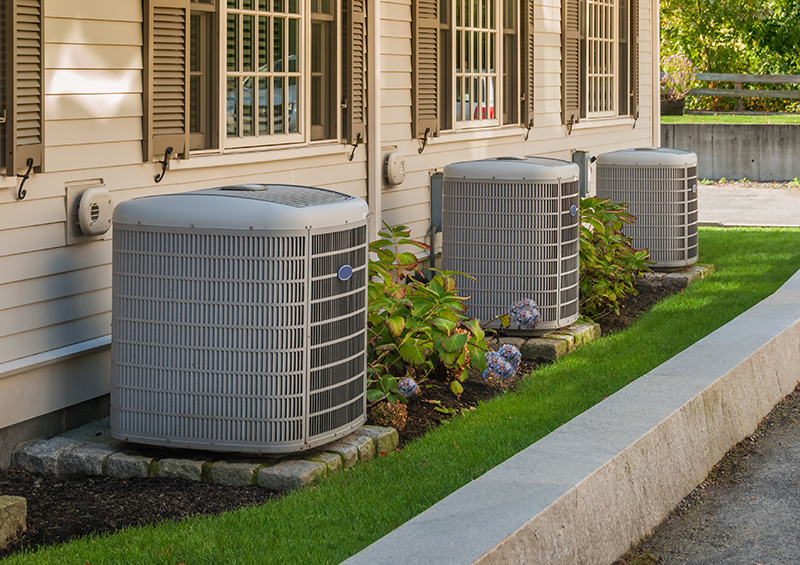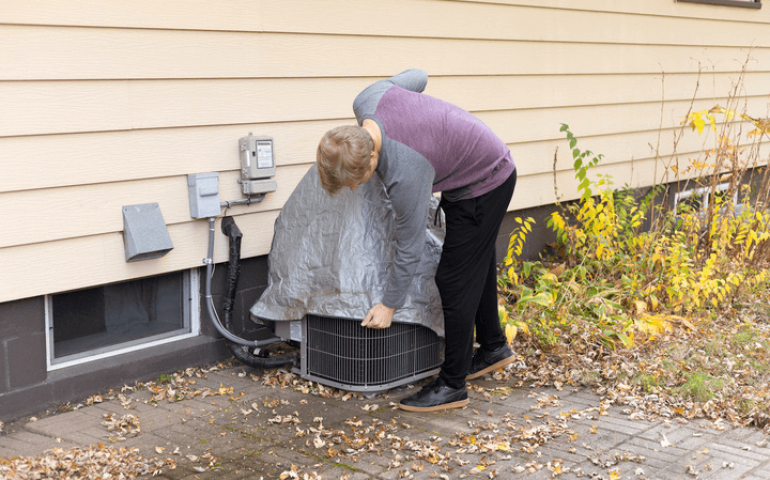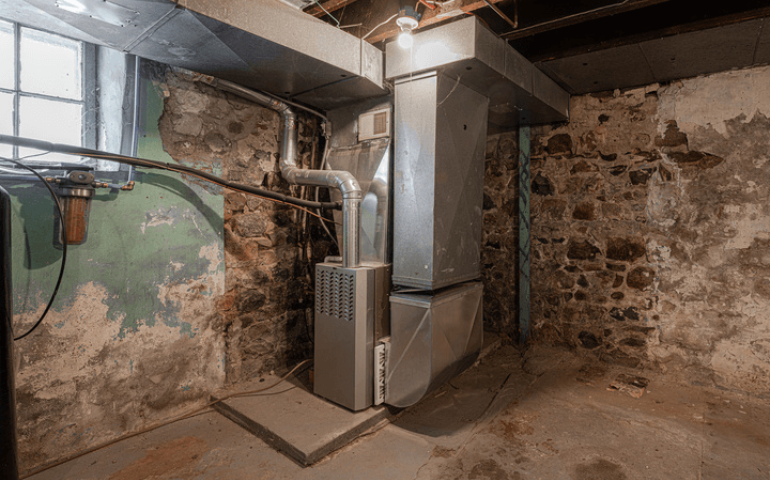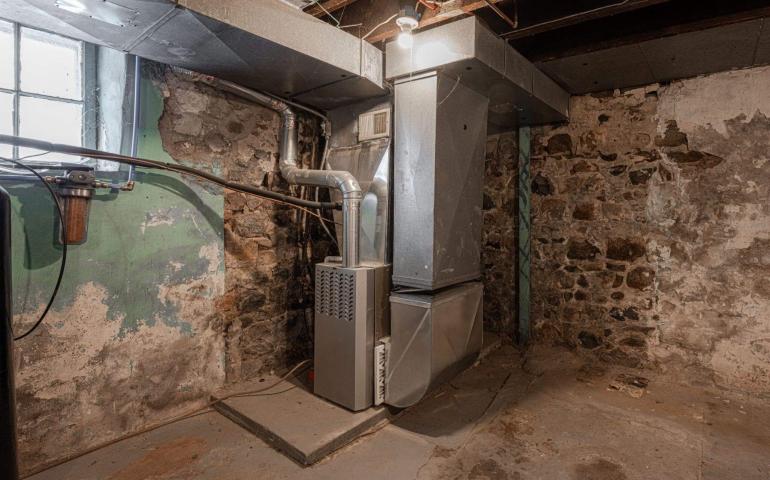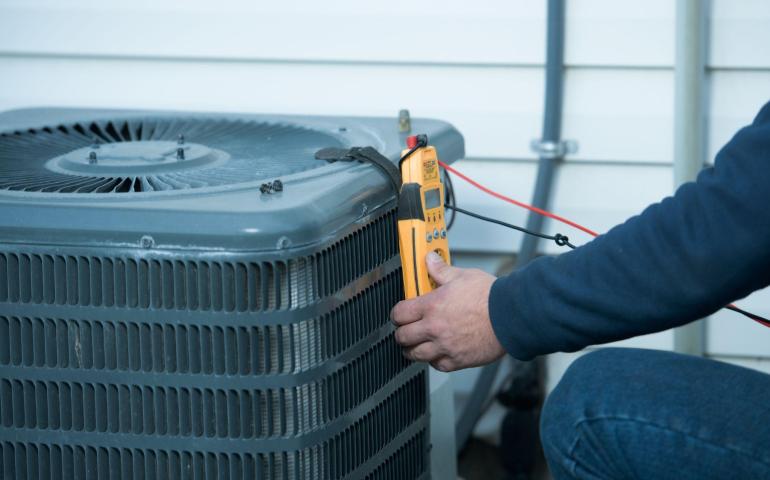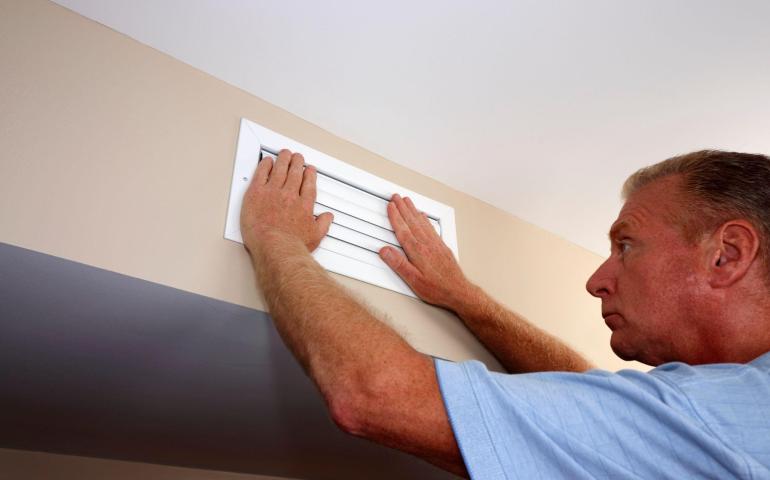In the spring, many people shift from heating to cooling. More often than not, this process goes as planned and your home's comfort is maintained as days get longer and warmer. However, there are times when you may have an unexpected HVAC issue to deal with as you adjust to the warmer temps. Should this be the case, we offer some tips below to troubleshoot your HVAC this spring.
Check Your Furnace (and Take a Few Other Initial Steps)
First, make sure your HVAC system is set to the preferred mode. Next, switch it to AC mode and turn the temperature setting down to see if your furnace kicks in. If it does, then you know your AC is likely the problem. Also, with initial troubleshooting efforts, we recommend:
- Resetting the furnace circuit breaker
- Checking the outside condenser unit
- Make sure your HVAC plug isn't loose
Hose Off the Condenser Coils
The condenser coils are in your outside unit, and they sometimes get dirty enough to affect how your HVAC system operates. This is especially true after the fall and winter seasons. So, continue your troubleshooting efforts by using a garden hose to rinse the coils off. Do this by:
- Aiming the nozzle on the hose upward to get rid of any gunk underneath the coils
- Working your way around the coils
- Pointing the nozzle down to wash dirt and debris off the coil fins
- Use a gentler stream to rinse the coils off again to get rid of any debris that may be left
Test the Fuses in the Disconnect Box
The disconnect box is located over by your outside unit. It's the box that covers the connections that go into your home. Inside this box, you should find a pair of cartridge fuses. Test these fuses by:
- Starting with the lowest multimeter Ohms setting
- Touching the leads to opposite fuse ends
- Checking the reading
- Looking for a minus symbol that indicates a fuse is bad – otherwise, it's fine
Make a Few Inexpensive Part Replacements
If the fan isn't running when your HVAC is turned on and set to cool, you may need to replace some parts. Start by shutting off the power in the electrical panel. Use a voltage tester to confirm it's off. We're talking about the start/run capacitors, AC contactor, and condenser fan motor.
Before going any further, look for signs of chewed or damaged wires. If you see this type of damage, contact an HVAC specialist. Also, it's best to hold off on replacing the fan motor – or let a professional do this. Instead, we recommend replacing the start/run capacitors and contactors.
Snap a pic of everything first to know exactly how to re-connect things. Remove both of these parts. If you need some help finding the parts, look for a diagram of your outside unit online you can use for reference. Complete the replacement process by:
- Using a screwdriver to disconnect the contactor
- Using needle-nose pliers to remove the capacitors
- Putting the new parts where the old ones were located
- Securing both of the parts before putting the access panel back on
- Turning your circuit breaker on again
- Testing your work by setting the thermostat to see if your AC runs correctly
Call Us Today
Reduce your risk of being surprised by HVAC issues this spring by contacting Master Mechanical. We can do a routine inspection to determine if there are any minor problems we can take care of before they turn into more serious ones. We're also at your service if you need prompt and dependable HVAC assistance during any time of the year.
Contact us today, and our HVAC pros will soon be on the way.

